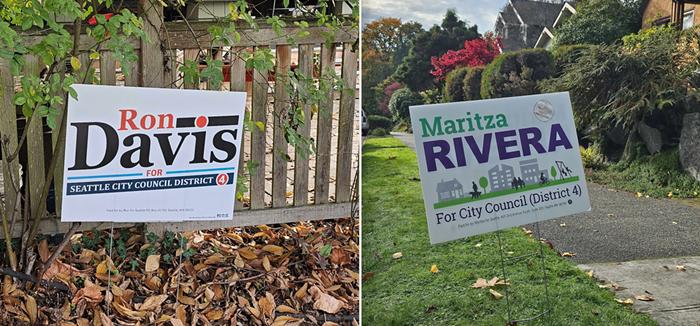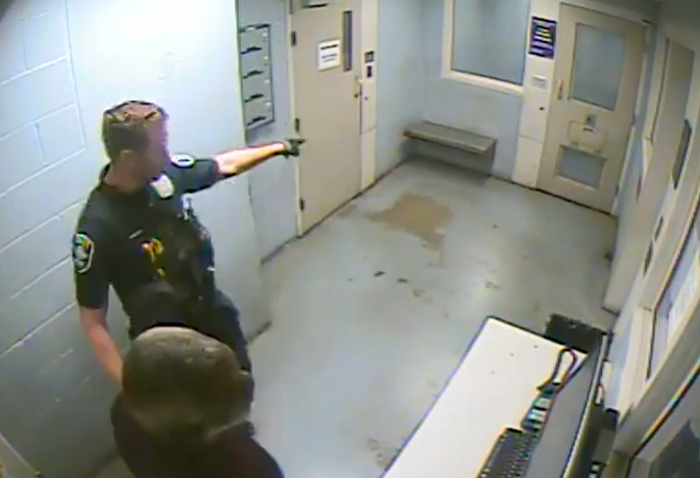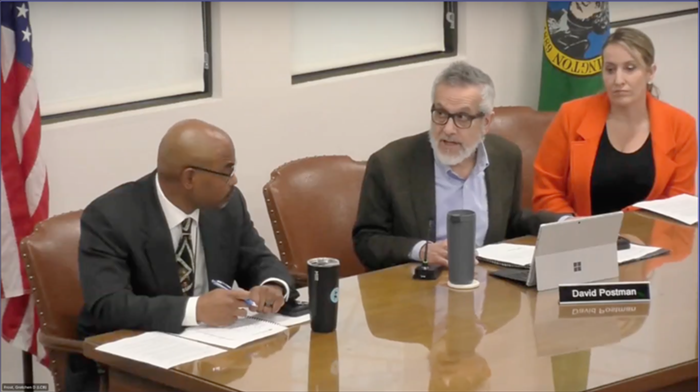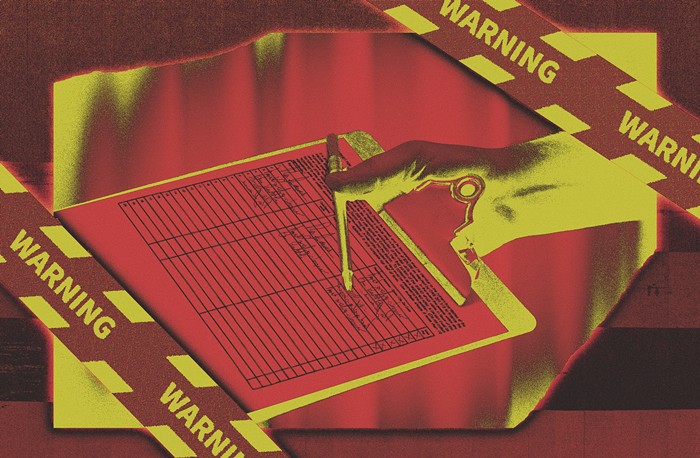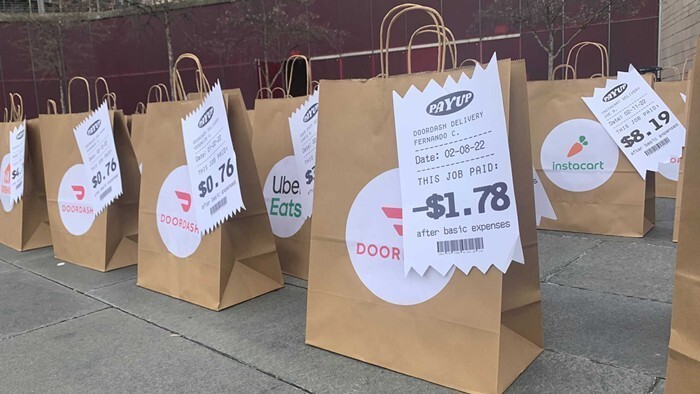Early next year, the Seattle City Council will be tasked with approving a Dale Chihuly exhibit and local radio station KEXP at the Seattle Center, a 74-acre campus owned and partially operated by the city, after Mayor Mike McGinn endorsed the projects on December 15.
"We're united," said Sally Bagshaw, chair of the council's Parks & Seattle Center Committee, at a December 15 press conference. "There are still some edges that have to be dealt with, but by and large, we're ready to go and make this happen."
But at least one city council member—Nick Licata—still isn't satisfied with the city's end of the Chihuly deal, which was controversial largely because it would displace a public space with a for-profit private venture. Now Licata wants concessions from the exhibit before agreements are signed. Among them, a Chihuly museum should share its space with other artists, Licata says. "I'd like to see them show other glass artists—such as the glass art that the city has in its collection or artists that work with the city," he says. "They should do this a few times each year."
However, the Chihuly proponents—backed largely by the company operating the Space Needle—have resisted allowing other artists inside, says a person familiar with the negotiations.
And while the exhibit has committed to offering 10,000 to 15,000 free tickets annually for low-income locals, Licata says that's not enough. He wants the exhibit to host one free night a month like other museums in town—including the Seattle Art Museum, the Henry Art Gallery, and the Seattle Asian Art Museum. Chihuly backers also oppose this freebie, but the council is "looking at that very closely," Licata says.
Over the past 10 months, the council and the public have expressed reservations about the for-profit Chihuly exhibit because of its limited public benefit. Ultimately, the deal was widely welcomed by city officials because the new tenants stand to bring hundreds of thousands of dollars of annual revenue to the Seattle Center. Several last-minute compromises also helped the medicine go down—for instance, in exchange for the coveted Arcade Pavilion space, Chihuly backers agreed to fund a 1,700-square-foot Pacific Northwest artist retail gallery somewhere on the Seattle Center campus (superficially addressing criticism that the exhibit would showcase only one glass artist). The project also gives the city an 8 percent cut of net sales of Chihuly art (starting in year six of its proposed lease). And it agreed to install two Chihuly sculptures outside of the exhibit's eight-foot-tall wall.
If ratified by the council, the Chihuly museum will move into the Center's south Fun Forest site—located next to the Space Needle—in the spring of 2012. KEXP would move in sometime after 2013. ![]()

